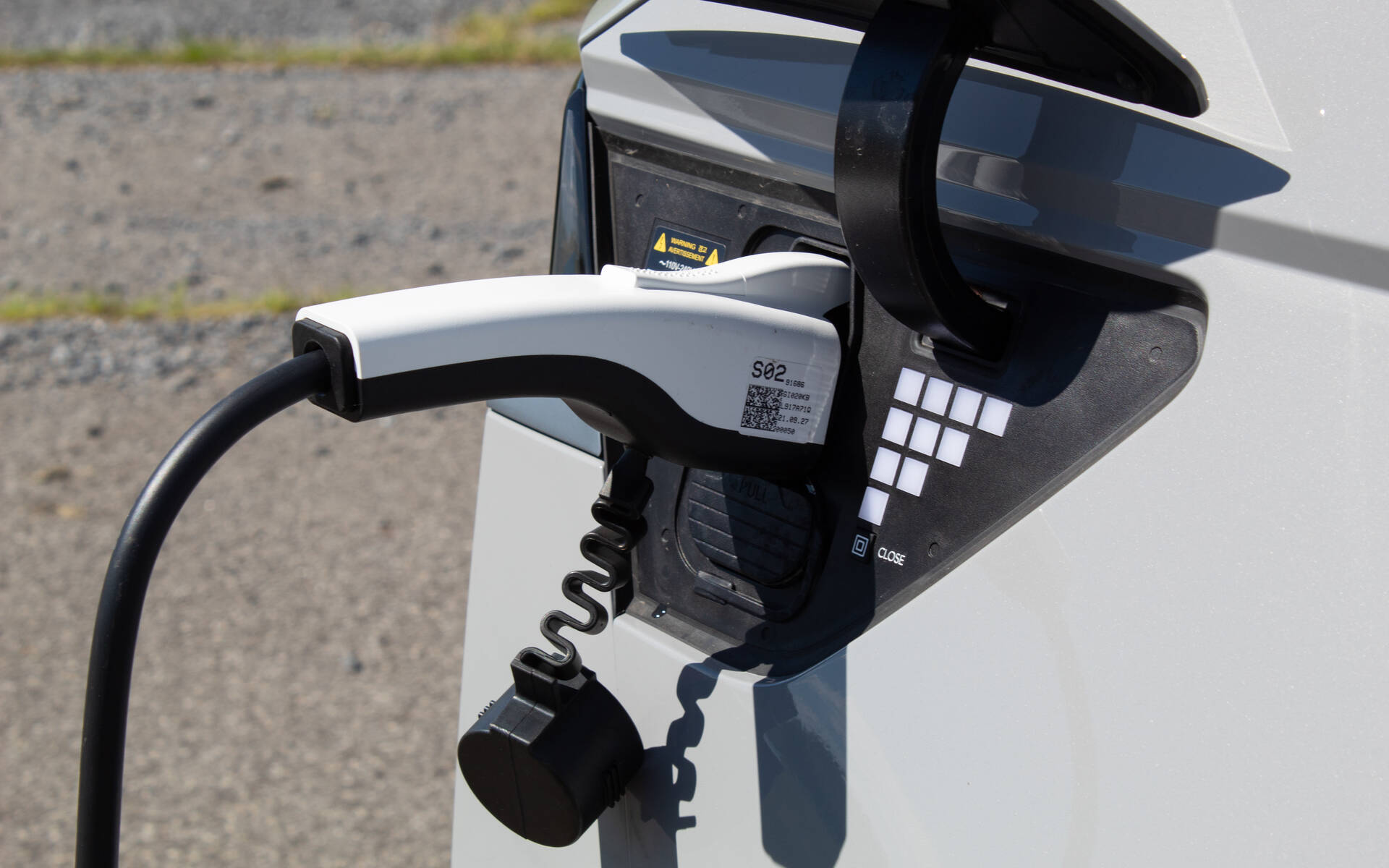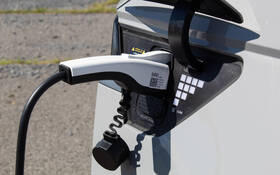Electric Vehicles: Where and When Will They Become Mandatory?
Automakers have very different strategies when it comes to electrification. Some have a good head start and set themselves a shorter-term target to sell only electric vehicles, while others prefer not to put all their eggs in one basket and set longer-term goals.
However, in an effort to get rid of fossil fuels as quickly as possible, many governments around the world have announced measures and deadlines to force the industry to offer only "zero emission" new vehicles, which will have to be either 100% electric (battery or fuel cell) or rechargeable hybrid systems. But where and when will that happen exactly? Let's see …
- Also: Electric Vehicles Accounted for 10 Percent of Global Sales in 2022
- Also: 2023 Targa Newfoundland to Feature EV vs. ICE Challenge
Quebec
In Quebec, manufacturers selling or leasing more than 4,500 new vehicles on average per year are subject to the zero-emission vehicle (ZEV) standard, which came into effect in January 2018. Since then, they are required to accumulate credits by providing ZEVs or low-emission vehicles (LEVs) to the Quebec market, otherwise they’ll face penalties. This credit target is calculated by applying a percentage to the total number of light vehicles that each manufacturer sells in Quebec, and that’s why the credit requirement varies from one manufacturer to another.

The longer the vehicle’s range, the more credits the manufacturer gets, which has for effect to reduce the number of ZEVs they must sell to reach their credit target. The aim of the ZEV standard is therefore to encourage the automotive market to develop more models and to use increasingly efficient low-carbon technologies.
The credit requirement will gradually increase from model year to model year, going from 22% in 2025 to 65% in 2030, and to 100% in 2035. Then, selling brand-new gasoline-only vehicles will no longer be allowed in the province.

Canada
Just like Quebec, the government of Canada has also committed to achieving a mandatory goal of 100% lightweight ZEV sales by 2035. But before that happens, Ottawa has set progressive requirements of at least 20% by 2026, and at least 60% by 2030.
On the national scale, new ZEV sales are expected to reach 2 million units per year and total 12.4 million registrations by 2035, which will account for approximately 40% of all light vehicles on the road.
Elsewhere in the World
If we look south of the border, California is of course a leader in transportation electrification. Their sales targets for new ZEVs are slightly higher than those of Quebec—35% in 2026 and 68% in 2030 to be precise—but in the end, their 100% goal has the same 2035 deadline as us.
By the way, 15 other states have adopted California’s model: Colorado, Connecticut, Maine, Maryland, Massachusetts, Minnesota, New Jersey, Nevada, New Mexico, New York, Oregon, Rhode Island, Vermont, Virginia and Washington. At the federal level, the Joe Biden administration is aiming for 50% ZEV sales by 2030.
Now let's cross the Atlantic Ocean. The European Parliament has also agreed that all new light vehicle sales in 2035 will be ZEVs, but in the meantime, manufacturers will have to reduce the CO2 emissions of their vehicles by 55% before 2030.











